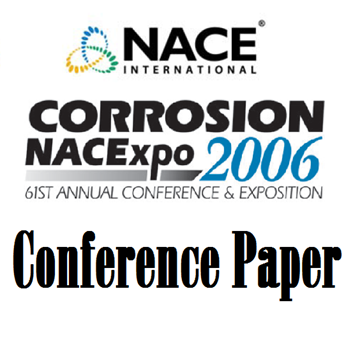Search
07453 A NEW UNDERSTANDING FOR THE MECHANISM OF CAUSTIC GOUGING OF BOILER TUBES
Also Purchased
07451 Caustic Gouging in a Refinery Boiler - Root Cause and Remediation
Product Number:
51300-07451-SG
ISBN:
07451 2007 CP
Publication Date:
2007
$20.00
06458 UNDER-DEPOSIT CORROSION MECHANISMS IN BOILERS
Product Number:
51300-06458-SG
ISBN:
06458 2006 CP
$20.00
06219 Corrosion Resistance of Nickel Alloys in Caustic Solutions
Product Number:
51300-06219-SG
ISBN:
06219 2006 CP
$20.00




